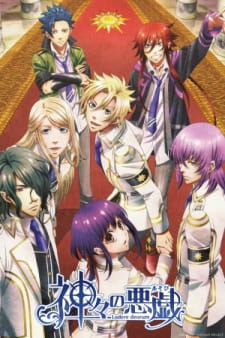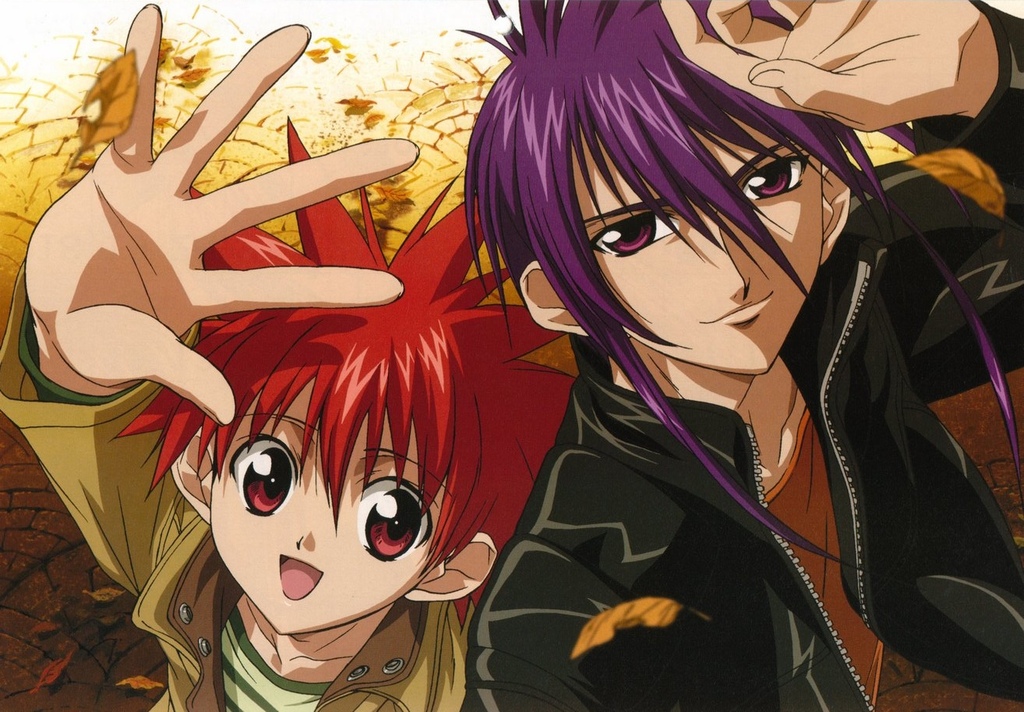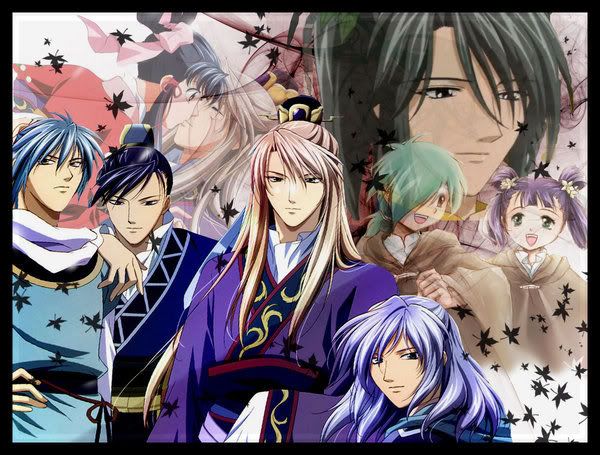*Note: I do not claim ownership of any of the images used in this review
When Yukimura Chizuru's father stopped sending her letters, Chizuru feared something bad had happened to the old man. Yukimura Kōdō is a medical doctor who practices Western medicine. He went to Kyoto a while back and promised his daughter he'd write everyday. Chizuru decided to look for her father, but she does not know where to start and soon she got lost. Not soon after dark, she witnessed an attack by unusual men. These men seemed demonic in their intent to kill. Not satisfied with their victims, they turned to Chizuru.
 |
| Hijikata Toshizou |
Before they got the chance to finish her, a group of men came to her rescue. But it seems that the rescuers are suspicious of her presence in the crime scene. What's more, they seem to be hiding something from her. She definitely witnessed something she was not supposed to. Chizuru found herself entangled in the schemes, secrets and battles of the Shinsengumi. Her quest for her father Kōdō might also lead her to some dangerous revelations.
 |
| Saitou Hajime |
Hakuoki: Stories of Shinsengumi is an otome visual novel. Gamers who are familiar of the Shinsengumi may recall that they are a special squad for the Bakufu during the Bakumatsu period. There have been several adaptations in film, live action TV series, books, anime, and games of the infamous squad. Those who have no idea about the intrigues in this period of Japan will easily get lost in the schemes, battles, and numerous characters involved. Although Hakuoki has been generous in providing information, I suggest that gamers new to the story read a bit about the Shinsengumi. It's a lot easier to appreciate the struggles and motivation of these people if you know the backdrop.
The different story-lines are presented as close to history as possible but with significant changes that blend well with the supernatural twists that are introduced.
 |
| Toudou Heisuke |
Because this is an otome visual novel, the controls are minimal. The direction of the game changes depending on the choices the player makes. If you do not desire to have a romantic relationship with one of the characters, it is also possible to just focus on Chizuru's story.
You spend most of your time reading. Some characters have fewer chapters than the others. Choices sometimes come at unexpected times, and often, what you think should have been the right choice (if you're going for romance) might not have the desired effect. It's good that there's that subtle difference in the outcomes of the choices a player makes.
One drawback is Chizuru's limited participation in certain parts of the story. Sometimes you don't even know what's happening at all. Looking at it from a different perspective however, I think it's consistent with the reality that you don't have control over everything all the time---a factor sometimes overlooked in games. The best action sometimes is to wait.
I have a few issues on Chizuru's character however. There are times that the direction of her thoughts border on stupidity, sometimes she's admirably strong. But I guess that's how the game is trying to be consistent with how women usually acted at that time (and I'm just letting my modern woman mindset cloud my judgment). Also a vulnerable and naive Chizuru makes for a good heroine in a world dominated by masculine strength and influence. After all, if Chizuru was too strong it would be more insulting for me as a woman if these gorgeous warriors will still try to protect a girl who can already defend herself.
 |
| Kazama Chikage |
The animation is lovely. The background especially reflects the unassuming and graceful traditional Japanese art in contrast with the colorful characters dominant in anime art.
The replay value is high because if you're a completionist, or if you just want to try all possible romances, you'd find time to play all possible routes. Also, if you know how to pick fiction from history, I think you'd also be able to learn a lot about the Shinsengumi.
Rating: 9 out of 10














































